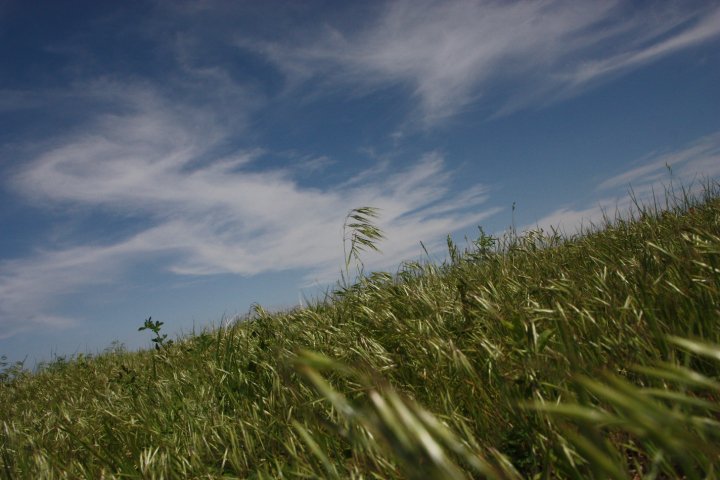
Joshua Haiar/South Dakota Searchlight
A land trust, state university and conservation group will receive a combined total of $51 million in federal funding to incentivize “climate-smart” agriculture in South Dakota.
The biggest grant went to Ducks Unlimited, a hunter-led organization focused on habitat conservation. It was awarded $25 million by the U.S. Department of Agriculture to restore over 25,000 acres of grassland in South Dakota over the next five years.
Ducks Unlimited and its partners – including the Natural Resources Conservation Service and the South Dakota Soil Health Coalition – will pay landowners to turn unproductive farmland or overgrazed pasture acres back into healthy grassland. Additionally, the team will help ranchers develop livestock grazing plans to ensure pastures are not overgrazed, and Ducks Unlimited will contribute funds toward fencing and water tanks to keep livestock from trampling sensitive areas of newly established grass.
The grants are awarded through the USDA’s Regional Conservation Partnership Program. During a Nov. 1 visit to Minnesota, President Joe Biden announced $1.1 billion in program awards to 81 projects, including three in South Dakota.
Bruce Toay, Ducks Unlimited’s manager of conservation programs in South Dakota, said project partners have decades of experience with land programs. Ducks Unlimited, for example, has helped conserve over 1 million acres of wildlife habitat in South Dakota since 1984.
The programs benefit the climate by restoring and preserving natural areas where plants pull carbon dioxide, a greenhouse gas, from the atmosphere.
“The program will sequester more carbon into the soil, improve water quality and flood storage, and reduce soil erosion and nutrient loss,” Toay said. “And we’re going to be able to measure it by taking soil samples and seeing, for example, how many metric tons of CO2 we’re putting back into the soil.”
That data will inform future conservation programs.
“In this part of the world, the best way to sequester carbon in the soil is to restore grasslands,” Toay said. “These native grasslands have root systems that can be 20 feet deep, putting carbon way deep into the soil. Compare that to corn or soybeans and it’s markedly different.”
Two other South Dakota projects are also receiving funding from the program. The South Dakota Agricultural Land Trust was awarded $18.3 million to conserve 8,000 acres. The organization will give ranchers one-time checks for easements to perpetually conserve working ranch grasslands on the periphery of the Black Hills, according to Executive Director Tony Leif.
South Dakota State University’s Every Acre Counts program will receive $8 million to help farmers identify the best uses of their land through “precision profitability analysis.” The grant extends the program for five years.
“We’re hoping we can expand the reach of the program,” said Anthony Bly, an SDSU Extension soils field specialist who administers the program. The analyses conducted through the program generally find farmers are losing money by planting crops on acres that would make money being leased for conservation or used for another purpose, according to Bly.
“We’ve found that 10% of the land that’s planted now is marginal,” Bly said, referring to land that’s “too wet, too dry or too salty” to result in crop yields that pay the costs of planting, fertilizing and harvesting.
